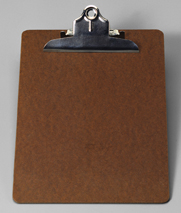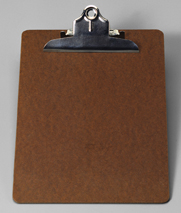The 400 million dollar global access control credential market is set to be rejuvenated by smart cards and near-field communication (NFC). That is according to a new study published by IMS Research, recently acquired by IHS Inc .
.
Smart card credentials, which represent about 40 percent of the global credential market, are expected to lead the next generation of credentials used for physical access control and secondary applications such as electronic payment, identity management and access-on-a-card. The next generation of access control credentials are expected to do more than provide door access, it is suggested. As IMS say, often users need to ask themselves three key questions:
For what purpose or purposes will the credential be used?
The credential environment is changing with many end-users wishing to use the same credential for not only access control but also to access health records, hold electronic funds, and gain access to workstations.
How are rights managed?
Being able to use the credential to update access rights at various door readers and electronic locks is becoming increasingly popular. Known in the industry as access-on-a-card, the smart card credential chip uses its read/write function to receive the most up-to-date access permissions from an online door lock or reader; the card in turn updates the other readers located in the building. By having the access rights on the card versus the reader, security managers are able to install more near-online readers within a building at a lower price compared to a fully online system.
Are there any competing technologies?
Amid the changing role of the credential, the industry is expected to be further complicated with the rise of near field communication (NFC) used in mobile phones. While still in its infancy, the number of NFC-enabled handsets is expected to rise over the next five years. IMS Research estimated that 2.3 percent of cellular handsets, or 35.4 million, shipped in 2011 were NFC-enabled. In 2014, the NFC attach rate is projected to reach around 20 percent and in 2016, 44 percent. This equates to shipments of 377 million NFC-enabled handsets in 2014, and 918 million in 2016.
Last year saw several pilot schemes in which NFC-enabled smart phones were used by faculty members and students to gain access to university buildings. There were also a small number of projects in the hospitality sector. The pace at which NFC is adopted for the purpose of physical access control is anticipated to vary by region, the research firm suggests, due to factors including the number of smart phones that are NFC-enabled, the participation of local mobile network operators and the involvement of security companies. For physical access control, the use of NFC-enabled smart phones has the potential to redefine the concept of the ID card, it is claimed.










